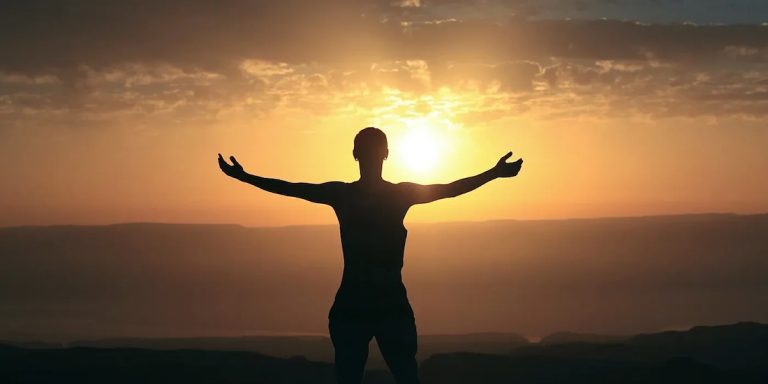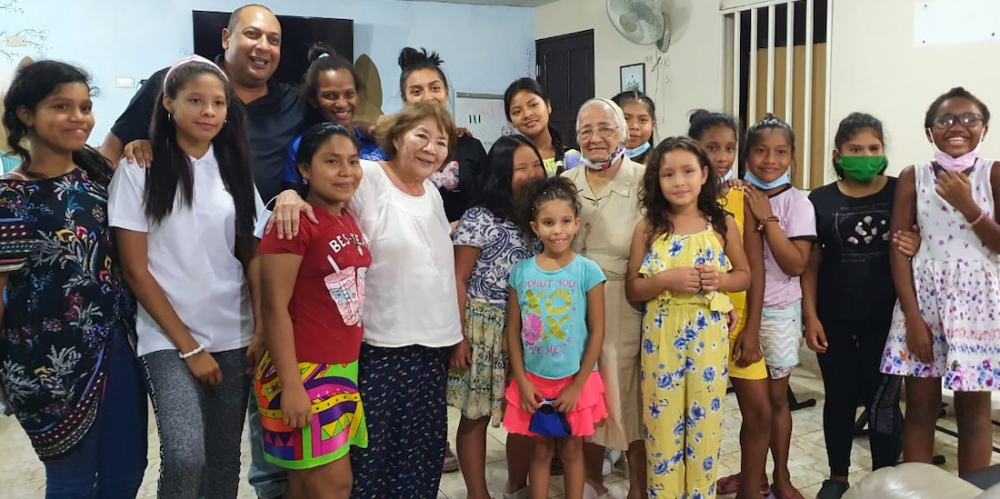
Discovering Connection and Transformation in Panamá’s Coastal Heart

Panamá City — The first rays of dawn break over the Pacific Ocean, painting the sky in hues of coral and gold. I’m standing on the balcony of a beachfront condo in Santa Clara, Coclé Province, alongside Dr. Kazuko Hillyer Tatsumura, a philanthropist and my guide to this vibrant land.
Panamá is a place where worlds collide—North America and South America, old traditions and modern ambitions, urban energy and untamed rainforests. It’s a country that dares you to “taste more, connect more, feel more,” as the local tourism bureau proclaims. This journey, sparked by Dr. Kazuko’s invitation, is not just about a destination but about discovering what truly matters.
Summary for audio (75 words): In Panamá, I joined Dr. Kazuko Hillyer Tatsumura to witness a Pacific sunrise in Coclé’s Santa Clara. From vibrant Panamá City to the beaches of Farallón and Río Hato, we explored a land of connection and transformation. Visiting a girls’ orphanage in Penonomé and diving into the natural pool at El Zumbón, I found Panamá’s authenticity and warmth, a place where old and new worlds harmonize, inviting deeper exploration.
Panamá City: Where Worlds Converge
Our adventure begins in Panamá City, a cosmopolitan hub where skyscrapers gleam against the backdrop of the Pacific. The city pulses with life—street vendors hawk ceviche, while the historic Casco Viejo whispers tales of colonial pasts. Dr. Kazuko, a seasoned traveler and founder of the Gaia Foundation, shares her love for this city’s duality: “It’s a bridge between continents and eras, a place that feels both familiar and wildly new.”
We stroll through Avenida Balboa, where modern condos tower over the waterfront, reflecting Panamá’s economic boom. The city’s skyline, rivaling Miami’s, is a testament to its role as a global trade hub, fueled by the Panama Canal. Yet, its authenticity shines in the laughter of locals and the aroma of sancocho simmering in open-air markets.
Tourism here is soaring—2.5 million visitors annually, up 7.5% in recent years, drawn by direct flights from North America and Asia. Ex-pats, particularly retirees from the U.S. and Canada, flock to Panamá City for its stable economy, use of the U.S. dollar, and vibrant ex-pat communities.
Condo developments, like those in Punta Pacífica, cater to this influx, offering luxury units with ocean views. Dr. Kazuko points out a high-rise where she once stayed, noting how these buildings symbolize Panamá’s embrace of modernity while preserving its cultural roots.

Coclé’s Coastal Gems: Santa Clara, Farallón, and Río Hato
Leaving the city, we head to Coclé Province, a two-hour drive along the Pan-American Highway.
Coclé, known for its agricultural heart—sugar and tomatoes are key crops—has emerged as a coastal haven.

Its beaches, Santa Clara, Farallón, and Río Hato, are magnets for tourists and ex-pats alike.
Dr. Kazuko’s condo in Santa Clara, where we watch the sunrise, is part of a growing wave of developments.
Projects like Sun Beach Residences offer gated communities with pools and direct beach access, appealing to snowbirds and retirees.
Prices here range from $200,000 to $400,000, with over 80% of transactions in cash due to mortgage hurdles for foreigners.
Farallón, just minutes away, buzzes with activity. At least 30 condo projects, including high-rise towers, dot the coastline, driven by resorts like Royal Decameron.
These developments cater to tourists seeking all-inclusive escapes and ex-pats craving community—think beach yoga and poker nights.
Río Hato, home to Playa Blanca, boasts luxury condos like Nikki Beach Residences, where terraces overlook the Pacific.
The nearby Scarlett Martínez International Airport makes these beaches accessible, with flights from Canada and China boosting tourism.
Dr. Kazuko, sipping coffee on her balcony, reflects, “These beaches aren’t just beautiful—they’re alive with people building new lives.”

A Heartfelt Visit to Hogar in Penonomé
Our journey takes a meaningful turn in Penonomé, Coclé’s capital, where Dr. Kazuko reconnects with an old friend, the director of Hogar, a girls’ orphanage she’s supported through her foundation. The visit is emotional—children greet us with songs, their voices echoing through the modest courtyard.
Dr. Kazuko, a benefactor for years, shares stories of the girls’ resilience. “This is why I return,” she says, her eyes bright. “Panamá’s heart is in its people, especially those who overcome.” The orphanage, supported by local and international donors, provides education and care, embodying Panamá’s spirit of community. As we leave, the girls wave, their smiles a reminder of the country’s warmth.
Penonomé itself is a quiet contrast to the coast, with agricultural roots and a growing ex-pat presence. Condo developments are less common here, but the town’s proximity to beaches makes it a hub for those seeking a slower pace. We dine at a local fonda, savoring arroz con pollo for under $10, a nod to Panamá’s affordability—a key draw for ex-pats.

Adventure at El Zumbón: Nature’s Playground
For a taste of Panamá’s wild side, we venture to El Zumbón, a waterfall and natural pool in Tonosí, Los Santos Province. The drive takes us through rolling hills, past sugarcane fields, to a hidden gem where locals and tourists dive into crystal waters. I try my hand at “flying through the air,” leaping from a rock into the pool, the rush of cool water washing away the tropical heat.
Dr. Kazuko watches, laughing, “This is Panamá—untamed and free.” The site, less commercialized than Coclé’s beaches, draws adventurers seeking authenticity. Nearby, small eco-lodges cater to those craving off-grid experiences, a growing trend as tourism diversifies.
Panamá’s rainforests, covering nearly 40% of the country, are a draw for eco-tourists. El Zumbón reflects this pull—untouched yet accessible, it’s a reminder of Panamá’s balance between development and nature. Back in Santa Clara, Dr. Kazuko notes how condo projects strive to preserve green spaces, with some incorporating rainforest views to attract buyers.

Panamá’s Transformation: A Journey Beyond the Destination
As the sun sets over Santa Clara, casting a golden glow on the Pacific, I reflect on Panamá’s allure. It’s a land of contrasts—Panamá City’s skyline versus Coclé’s beaches, Hogar’s quiet hope versus El Zumbón’s wild energy. Dr. Kazuko, watching the sunset, sums it up: “Panamá transforms you. It’s not just a place to visit—it’s a journey to connect with what matters.”
The country’s condo boom, from Santa Clara to Río Hato, mirrors its tourism growth, with 2.5 million visitors and counting. Ex-pats, drawn by affordability and community, are reshaping the coast, while places like Hogar and El Zumbón preserve Panamá’s soul.
This trip, guided by Dr. Kazuko’s wisdom, showed me a Panamá that dares you to see more. It’s a place where Northern and Southern worlds meet, where old and new coexist, and where every sunrise over the Pacific feels like an invitation to discover what truly matters.
Travel | Waking Up in Panamá, Watching the Pacific Sunrise (Aug. 12, 2025)
#PanamaTravel #PacificSunrise #CocleBeaches #PanamaCity #ExpatLife
#EcoTourism #SantaClara #Farallon #RioHato #TravelJourney
